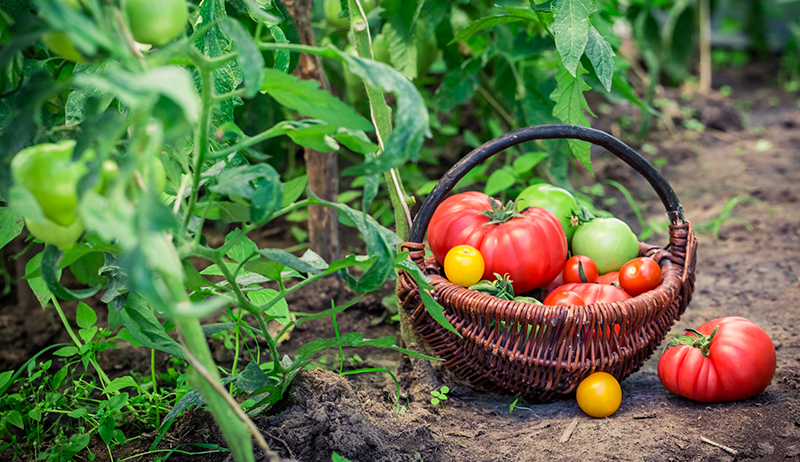
Healthy garden soil is the key to a healthy crop—and a healthy you! With these five steps, you’ll be on your way to growing a better garden this year.
1. Test Your Soil
Getting a soil test is the only way to know for certain where your garden stands on its pH, percent of organic matter and cation exchange, aka nutrients and minerals. But it’s also a great way to check your progress, so over the years, as you amend and grow, you can see through a soil test how well you’re doing.
2. Amend Naturally
There is a chemical amendment for practically every soil need, but these synthesized solutions can lead to other problems. The best way to increase the availability of any one mineral in your soil without locking up another is to use the correct quantities of natural amendments—real lime, real greens and and so on. These raw materials don’t break down as fast, thus allowing for long-term availability in soil.
3. Compost Well
Good compost should be added to a busy garden every year. This compost should be fully mature, not slimy, and added as soil is being prepared for planting. Work the compost into the top few inches of soil, and apply before every heavy feeder (broccoli, cabbage, corn, etc.) or every other light feeder (lettuce, radish, kale, etc.).
4. Don’t Leave The Soil Exposed
Not only does bare soil open up a chance for erosion from rain and wind, but the sun will burn up organic matter. Whenever you can, cover the soil either with a cover crop, mulch or physical barriers, such as tarps to retain your fertility.
5. Add Organic Matter Often
Great sources of organic matter include straw, hay, cover crops and wood chips, but only when used correctly. Don’t add wood chips to vegetable gardens if you can help it, though they do work well in paths. Some is OK, but wood chips lock up much needed nitrogen. Also, try to add any dry matter at least four months before planting so as not to tie up nutrients.




